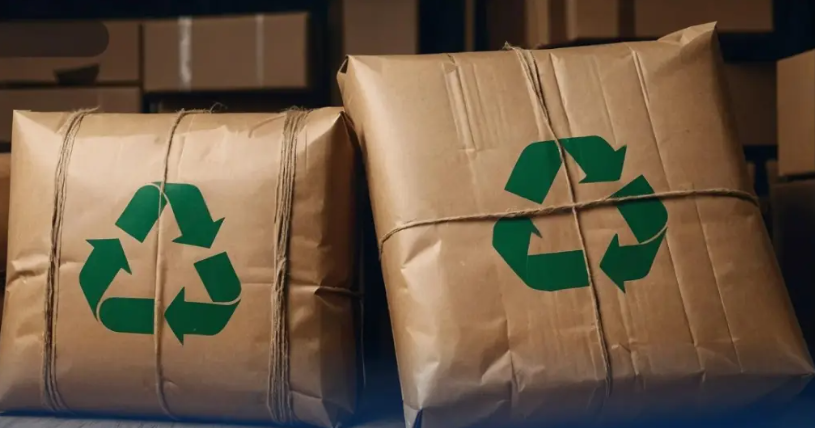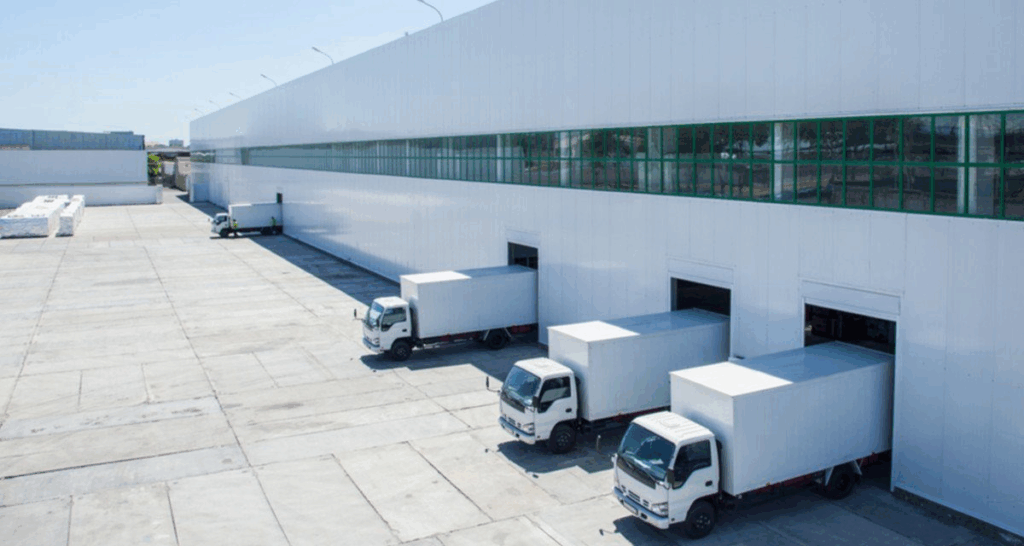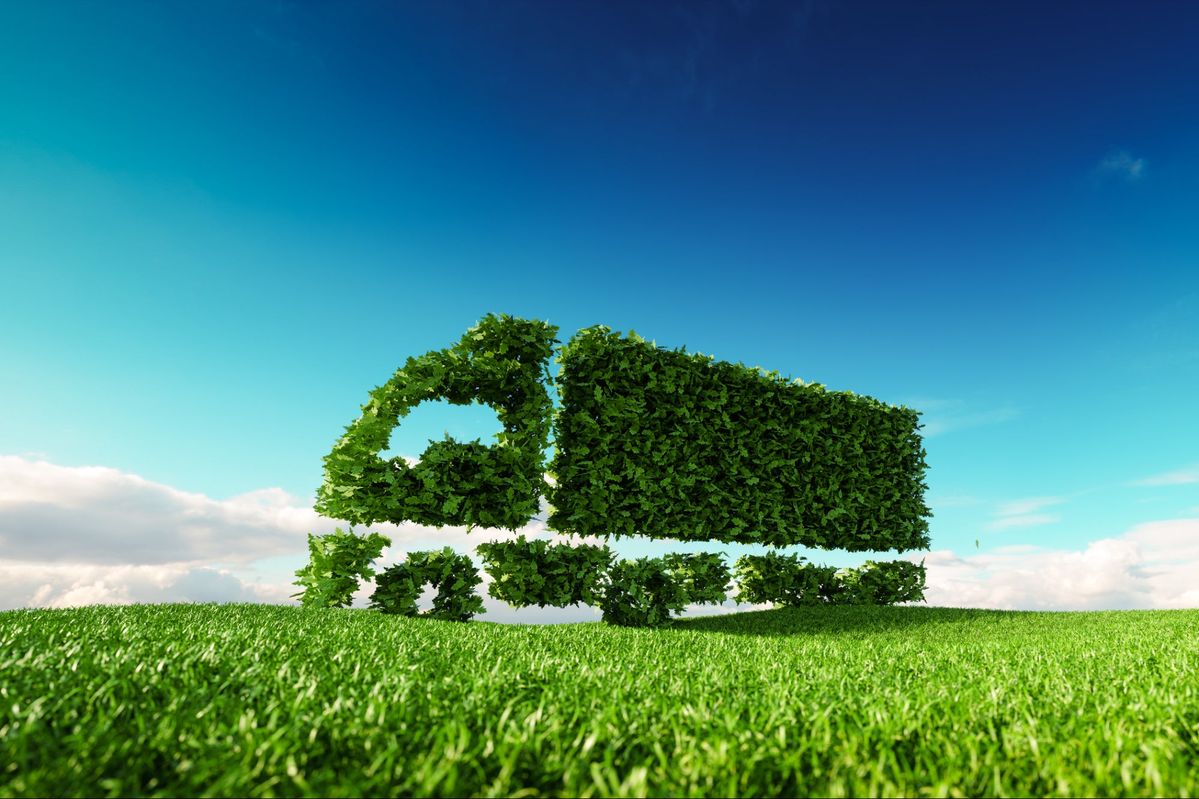Reverse Logistics Tracking Driving Green Supply Chains
Sustainability is no longer a choice. It is a requirement for brands that want to thrive in global commerce. Every order shipped, every package returned, and every product recycled impacts the environment. This is why reverse logistics tracking has become an essential part of building greener supply chains. It provides visibility into returns, repairs, and recycling flows, helping companies cut waste and operate more responsibly.

Understanding Reverse Logistics
What Is Reverse Logistics?
Reverse logistics is the process of moving goods backward in the supply chain. Unlike standard delivery, it focuses on what happens after the sale:
- Customer returns.
- Warranty repairs.
- Product recycling or refurbishment.
- Disposal of end-of-life items.
Why Tracking Matters
Without tracking, returns become chaotic. Products can get lost, timelines stretch, and costs increase. By adding tracking into the process, businesses gain:
- Clear visibility on the status of returned goods.
- Faster processing for refunds or exchanges.
- Better planning for recycling and resale.
The Link Between Sustainability and Reverse Logistics Tracking
Reducing Waste
Returns are often discarded or mishandled. Tracking makes sure products are inspected, repaired, or recycled instead of ending up in landfills.
Extending Product Lifecycles
When goods are repaired or refurbished, they re-enter the market. This reduces the demand for new production and saves resources.
Enhancing Customer Trust
Consumers prefer eco-friendly brands. Transparent tracking of returns and recycling shows that sustainability is not just a slogan but a real practice.

Benefits for Businesses
Cost Savings
Proper tracking cuts costs in several ways:
- Reduced losses from misplaced returns.
- More efficient repair and resale processes.
- Lower storage and handling costs.
Data Insights
Reverse logistics tracking provides valuable data:
- Which products are returned most often?
- Common reasons for returns.
- Trends in recycling and resale opportunities.
Competitive Advantage
Brands that manage returns responsibly stand out. Sustainability attracts conscious consumers and builds long-term loyalty.
How to Implement Reverse Logistics Tracking
Step 1: Map Reverse Flows
Identify all return points, including stores, warehouses, and recycling partners. A clear map avoids confusion later.
Step 2: Integrate Systems
Connect reverse logistics into your existing Order Management System (OMS). This ensures both forward and reverse processes are visible in one dashboard.
Step 3: Partner with Carriers
Work with carriers that support returns and recycling. Many global couriers now provide eco-friendly options, including bulk return pickups and packaging reuse.

Step 4: Automate Notifications
Customers want updates just as much for returns as they do for deliveries. Set up alerts for:
- Return received.
- Item inspected.
- Refund approved.
- Repair completed.
- Recycling confirmed.
Step 5: Measure and Report
Track sustainability metrics. Measure how many products are recycled, how much waste is diverted, and how quickly refunds are processed. Use these reports to improve performance and communicate progress.
Best Practices for a Greener Supply Chain
Design for Returns
Products designed with repair and recycling in mind make reverse logistics easier. Modular parts and recyclable materials reduce waste.
Use Smart Packaging
Eco-friendly packaging that is easy to reuse or recycle supports sustainable returns. Some brands even encourage customers to return items in the original packaging.
Encourage Circular Models
Offer incentives for customers to return old products. Trade-in programs and recycling credits keep items in circulation and build stronger customer relationships.
Challenges and Solutions
High Return Volumes
Fashion and electronics have high return rates. Solution: use tracking to speed up processing and reduce inventory loss.
Cross-Border Returns
International returns face customs and transport barriers. Solution: partner with logistics providers experienced in cross-border reverse flows.

Technology Gaps
Not all systems handle reverse flows well. Solution: adopt platforms or partners like Postalparcel that integrate both forward and reverse logistics tracking.
The Role of Postalparcel
Postalparcel helps businesses make reverse logistics tracking a standard part of operations. By offering unified tracking tools, it ensures that returns, repairs, and recycling steps are visible across multiple markets. Companies gain not only efficiency but also the ability to prove their sustainability commitments with real data.
This visibility strengthens customer trust, reduces waste, and supports a more circular economy. By combining technology with global carrier networks, Postalparcel makes building a greener supply chain possible for brands of all sizes.
Future Trends in Reverse Logistics Tracking
AI and Predictive Analytics
AI will predict which products are most likely to be returned and suggest preventive actions. This reduces waste before it even happens.
Blockchain for Transparency
Blockchain will secure return data, ensuring authenticity in recycling and resale processes. Customers will know the exact journey of their returned goods.
Sustainability Metrics for Consumers
Future tracking pages will not only show “item received” but also display carbon savings, recycling percentages, and other eco-friendly metrics.
Conclusion
Reverse logistics is no longer a back-end process. It is a front-line strategy for sustainability. With reverse logistics tracking, companies can reduce waste, extend product lifecycles, and strengthen consumer trust. Businesses that implement strong systems today will be ready for tomorrow’s green economy.
By integrating reverse logistics tracking into everyday operations and working with partners like Postalparcel, brands can build greener supply chains that deliver both economic and environmental benefits.
Industry Insights
news via inbox
Nulla turp dis cursus. Integer liberos euismod pretium faucibua








